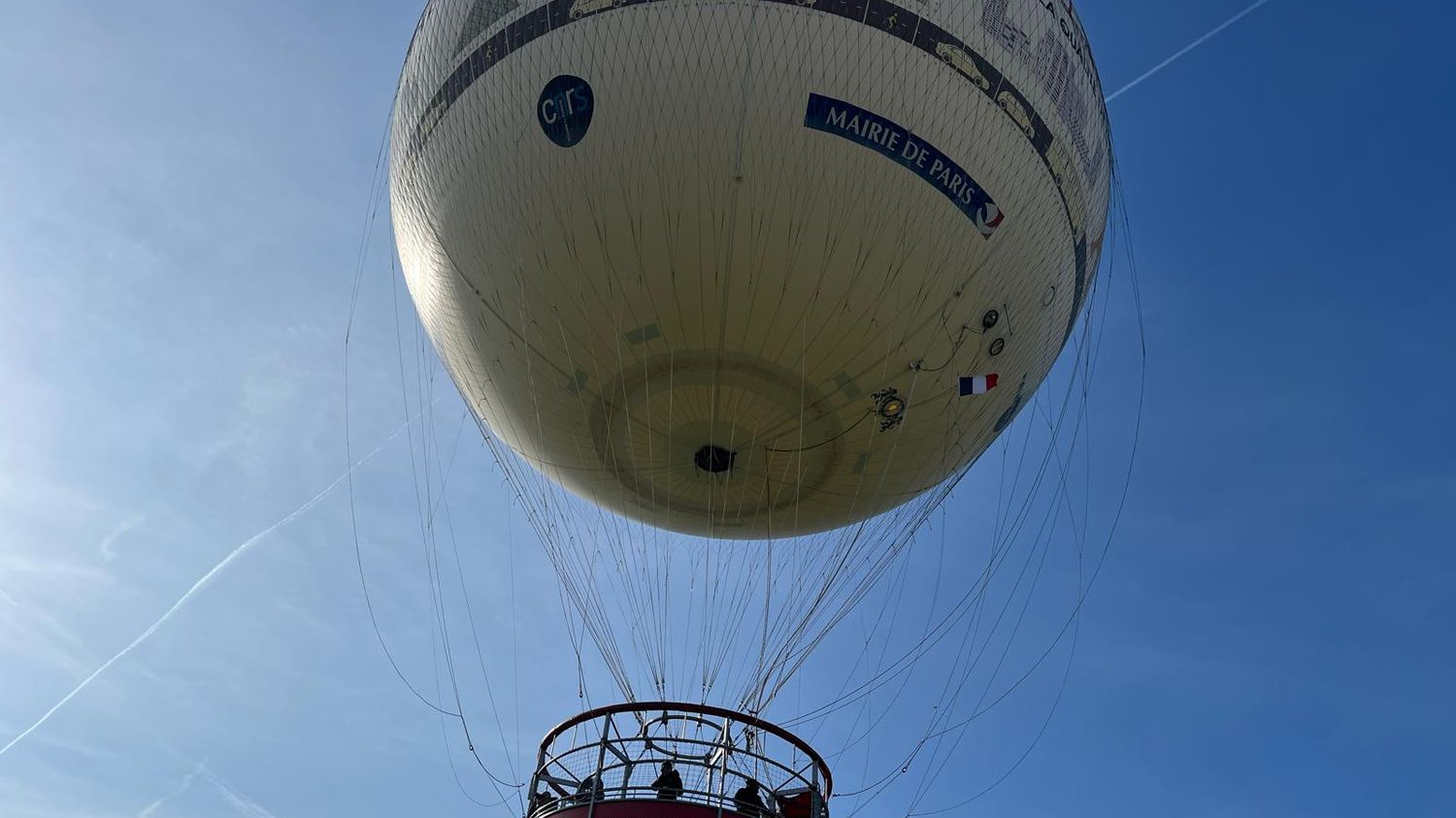Air quality measurement in the Paris region is intensifying. The Générali balloon now includes a tool for measuring greenhouse gases.

Published
Reading time: 2 min

Parisians are used to seeing it daily in the sky: for 25 years, the Générali balloon, located in a park in the 15th arrondissement, has allowed tourists to climb up to 300 meters in height and enjoy the view of the capital. For researchers, it also has scientific interest. This is why, over the past 10 years, devices for measuring air quality – and in particular fine particles – have been installed. But that’s not all, now a greenhouse gas measurement tool is also attached to it.
To see it, you have to go behind the ball. It is in fact a large rectangular white box which weighs approximately 80 kg with inside, in particular, a CO2 sensor and another for methane. This installation makes it possible to continuously evaluate their concentration in the air, whether on the ground or up to 300 meters altitude.
And that’s the whole point, explains Jérôme Giacomoni, the president of Aérophile, the balloon manager: “The air is a huge chemical laboratory, thousands of chemical reactions are happening all the time. And it’s important to understand what’s happening at different levels. We saw it with fine particles. We have given that they had different behaviors depending on the altitude. There, we will be able to try to better understand this about carbon dioxide and methane.”

“More spatialized information”
This new tool also makes it possible to obtain more precise information, adds Michel Ramonet, researcher at CNRS, coordinator of the ICOS-France network: “We started measurements in the Paris region in 2015. So we are intensifying these measures to try to have more spatialized information geographically but also more spatialized in terms of emission sectors, to differentiate residential from traffic…”
The researchers will then carry out modeling and compare the data obtained with that of other sensors, in particular those installed on several roofs in Paris. If we take a little height, the objective, according to the balloon manager, is to understand how cities contribute to global warming.
